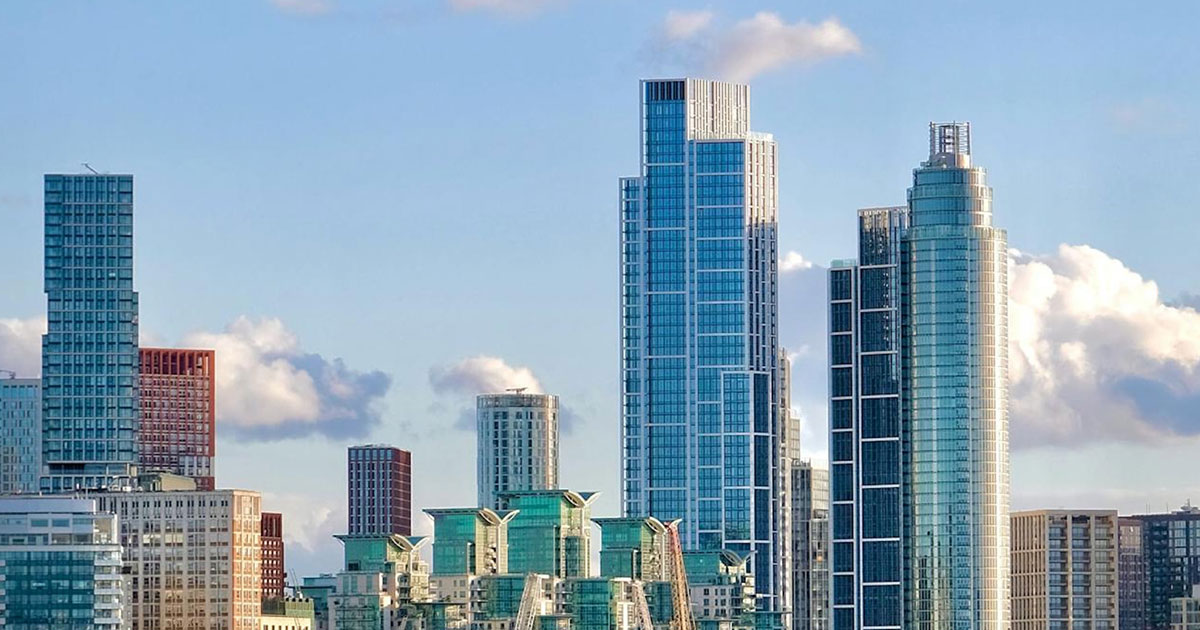Freeports – the good, the bad or the ugly?

There has been much discussion over recent months about the advantages and disadvantages of freeports and the Chancellor’s Spring Budget which announced the creation of eight freeports in the UK has only increased such speculation. Tax reliefs, enhanced trade and infrastructure development vie with claims of money laundering and tax evasion. In this article, we consider the pros and cons of freeports and what the proposed tax reliefs actually comprise.
The concept of freeports isn’t new and over the past 12 months or so, since the UK government launched its consultation about proposals to establish freeports across the UK, speculation and discussion about their advantages and disadvantages have been rife.
Background
In his Spring 2021 Budget, the Chancellor announced that freeports would be created at East Midlands Airport, Felixstowe and Harwich ports, the Humber region, the Liverpool City region, Plymouth, the Solent, the Thames and Teesside.
It was also announced that within each freeport, there will be one or more designated freeport tax sites. Businesses operating within these tax sites will benefit from a range of tax reliefs, but businesses operating outside of the designated tax sites, albeit within the freeport area, will not.
The Good?
Freeport advocates, including the UK government, have emphasised that freeports stimulate business because goods arriving into them from abroad will not be subject to the normal import/export tariffs. Goods may be broken into smaller amounts, amalgamated with other goods or otherwise modified and then exported outside the UK with no UK tariffs being paid. Manufacturers can thus access cheaper components for their finished product. As a result, the UK will be a force to be reckoned with in the international market and a much-needed boost will be given to the domestic economy.
On top of this, the areas in question will receive investment resulting in improved infrastructure, more manufacturing and better employment opportunities, while businesses operating within certain areas of the freeport site will also benefit from a number of tax breaks.
What tax reliefs will apply?
- Full SDLT relief on the purchase of land and buildings
- When: from the time the tax site has been designated until 30 September 2026.
- Subject to: a ‘control period’ of three years and the land being acquired and used in a ‘qualifying manner’.
- Further details: it should be noted that the government’s policy paper “Stamp Duty Land Tax relief for Freeports” does not set out the rates which will apply in respect of land and buildings which fall partly within and partly outside a tax site.
- Full Business Rates relief
- Who: all new businesses and certain existing businesses within the designated tax site.
- When: five years from first claiming relief until 30 September 2026.
- Full employer National Insurance contributions relief in respect of ‘eligible’ employees
- When: from April 2022 (or when a tax site is designated, if later than April 2022) until at least April 2026. The government has announced its intention to extend this by up to five years, subject to review.
- Enhanced 10% rate of Structures and Buildings Allowance for the construction or renovation of non-residential structures and buildings
- When: available for qualifying assets brought into use on or before 30 September 2026 and in any case after the date the tax site is designated.
- Further details: the legislation will allow for ‘just and reasonable’ apportionment of qualifying expenditure for structures and buildings which are located partly within and partly outside a tax site.
- Enhanced capital allowance of 100%
- When: available for qualifying expenditure incurred on or after the date the tax site is designated until 30 September 2026.
- Further details: The Freeports Bidding Prospectus, published by the government in November 2020 (the “Prospectus“) suggests that in order to qualify for this relief, the assets must be for use primarily within the defined tax sites.
How will a freeport tax site be determined?
As part of their bid to win freeport status, each bidder had to define their proposed tax sites within the freeport area, with each defined tax site:
- Comprising one single tax site within the outer boundary of the freeport area – although bidders could propose up to three single individual tax site areas, including tax sites outside the freeport outer boundary, if there was a ‘strong economic and geographic rationale’.
- Being no greater than 600 hectares – although where a bidder defined more than one tax site, a maximum of three individual tax sites between 20-200 hectares each had to be defined. Individual sites exceeding 600 hectares automatically failed the bidding process.
- Able to have uneven boundaries – for example, a bidder could have proposed a tax site with an uneven boundary in order to ‘cut out’ more developed areas.
- Not needing to be one single piece of land – for example, a tax site could comprise two pieces of land, separated by a road.
- Having clearly identifiable boundaries – boundaries need to be clear for enforcement purposes but are not required to be fenced.
- Being located within areas with:
- below national average GDP per capita now or over the last five years
- above national average unemployment rates now or over the last five years.
- Being ‘underdeveloped’ – which comprised three main criteria:
- Underutilised land, i.e. ‘viable but unoccupied’ space
- Potential investment growth, i.e. an area which would benefit from significant investment by virtue of its freeport status
- Job creation, i.e. an area which does not contain significant existing employment in relation to the local region.
The government will make the final assessment as to the boundary of the tax sites for each of the freeport areas although it is expected that, in most cases, the confirmed sites will be of equal size to those proposed in the relevant bid.
When will freeport tax sites be designated?
Now that the freeport areas have been designated, the successful bidders will work with HM Treasury and HMRC to ‘review and confirm’ the boundaries of their proposed tax sites with the passing of legislation relating to the associated tax benefits anticipated during 2021-2022.
Indeed, the Budget paper itself indicated that it may take over a year for the freeport tax sites to be designated, noting that NI relief can be claimed by employers operating within a designated tax site ‘from April 2022 or when a tax site is designated if after this date’.
The Bad?
Those against the use of UK freeports argue that with UK tariffs being fairly low compared to many other countries, the benefits that freeports provide for import/export businesses are not great enough to make any difference to the use of UK ports.
In addition, there’s a train of thought that designating freeports simply moves economic activity from one part of the country to another, thereby resulting in net-zero benefit to the domestic economy as a whole and potentially improving one area while simultaneously depriving another. The problems in these underdeveloped areas could possibly be solved by investment in infrastructure, education and accommodation, without any need for them to also be designated as freeports.
The Ugly?
Perhaps the most damning criticism of freeports is that they become a haven for money launderers and tax evaders, who make the most of the lack of tariffs and reduced regulation offered by these areas.
While there is a risk of these illicit activities being undertaken in freeport areas, the Prospectus sets out means which are intended to prevent such criminal activities, including requiring bidders to explain how they will secure their respective freeport area and making clear that governmental bodies will retain records and some regulation over the businesses operating in the freeport areas and their beneficial owners.
Freeports – The “Wild West” brought to England?
What with less red tape and less taxation, some are concerned that freeports provide operators “with a safe and widely disregarded storage space, where trade can be conducted untaxed and ownership can be concealed” (European Parliament Report on tax evasion and money laundering which called for their abolition across the EU in April 2019) and they have, on occasion, been likened to the Wild West but advocates believe that they can rejuvenate deprived areas and showcase the UK’s free trade potential.
It will be interesting to see the uptake of these areas and how they develop. Will they merely divert economic activity from elsewhere in the UK or actually have an impact on our position in the international market? Or will they essentially be of little consequence to anyone other than HMRC?
Elizabeth Small is a Partner in the Tax team. Lianne Baker is a Knowledge Development Lawyer and Ellen Jones is a Trainee Solicitor currently sat in our Corporate team.
Disclaimer
This note reflects our opinion and views as of 14 April 2021 and is a general summary of the legal position in England and Wales. It does not constitute legal advice.




